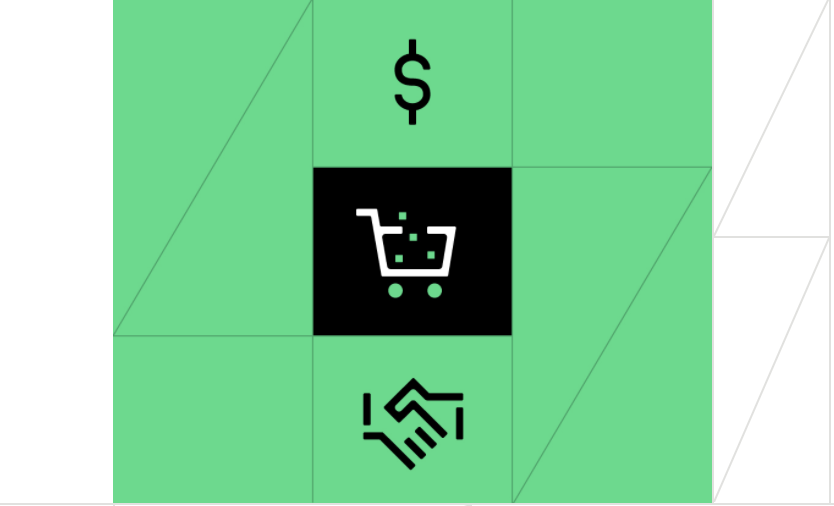The UK’s big retailers have been slow to embrace the idea of retail media, at least compared to their counterparts in the US and France. But towards the end of last year, Boots and Tesco followed Sainsbury’s and launched offerings in the space.
Retail Media, as I discussed in my last blog post, is the next step on from the in-store promotions we’re all used to. Retailers are selling ad space on their ecommerce platforms. They’re offering sponsored promotions or search results. And they’re using their loyalty card data to help CPG brands achieve their holy grail – getting closer to their customers. That means a better understanding of their wants and needs, more relevant offers and messaging, and improved targeting.
Because the journey from seeing an ad to making a purchase is so much shorter in retail media, it’s also much easier for brands to measure the impact of their media investments.
Retailers can approach this opportunity in different ways, as Boots Media Group (BMG) and Tesco Media and Insight (TMI) show. BMG has adopted what you might call a managed service approach. It’s packaging up onsite, programmatic and social paid media, and targeting audiences based on Boots’ Advantage Card data, using retail transactions to demonstrate sales lift and enable CPGs to connect their first party data into BMG to create custom audiences. All of this is managed by the BMG team as a one-stop shop for retail media within the health and beauty space. Sainsbury’s has done something similar with Nectar 360.
TMI takes a more open approach. It connects Tesco’s Clubcard data and then allows CPGs to mine the data within the platform, distribute it to their own media accounts, and leverage it within their existing campaigns via their retained agency group.
Pros and cons
Both of these approaches have their advantages and disadvantages. With BMG, brands have expert help maximising the new opportunities of retail media. But they also add another agency into the mix, which can result in their media planning becoming fragmented.
Retailers like Boots are also looking at this as a way to demonstrate or deliver more value to their brand partners as part of their trading deals. One of the challenges retailers face in this shift to digital is their ability to deliver the required scale through owned media channels, hence the importance of audience reach via other paid media channels.
A co-branded TV campaign will go out to every sitting room across the UK. In-store promotions will be rolled out across the retailer’s estate. But a retail website is limited in terms of the inventory available. So retailers are looking for ways to extend that digital reach into other channels and deliver more value back to the brands in return for the investment they’re making in the partnership.
With the TMI model, brands can use consented Tesco customer data in their existing media channels, which means retail data is integrated with all their existing media channels and campaigns. The flipside is that, because retail media is still in its infancy, the media agency may not have the expertise required to make the most of the data, and their overall approach may be less strategic.
However, just as every new marketing or advertising channel has spawned agencies devoted to that channel, so has retail media. Amazon’s move into the space in 2012 has resulted in the emergence of Amazon-specific agencies. Now we’re seeing the rise of retail media specific agencies that aren’t tied to a particular retailer, agencies like Numberly and Shopper Marketing Group (SMG). But upskilling will be required across the agency groups and the digital arms of the big management consultancies to ensure the £2.4b UK retail media opportunity can be fully realised.
The move to the mainstream
For UK brands, the retail media opportunity is currently limited to the three retailers we’ve discussed, plus a few of the big ecommerce companies. But this is an opportunity for any retailer that’s collecting data about its customers. This could include retailers in consumer electronics or fashion; catalogue brands that have moved into ecommerce; telcos; and even cinema chains. They will already have investment partnerships with the major brands in their sector for things like in-store promotions, so retail media is only a matter of taking the next step. The customer base may be smaller in these sub-verticals, but the audience will be more closely defined, and the data will be just as rich.
For brands, not only is there the potential to target and serve their customers better, there’s also the chance to close the loop between advertising and its results, to understand what works and what doesn’t.
For both sides, the time to begin the journey is now.
